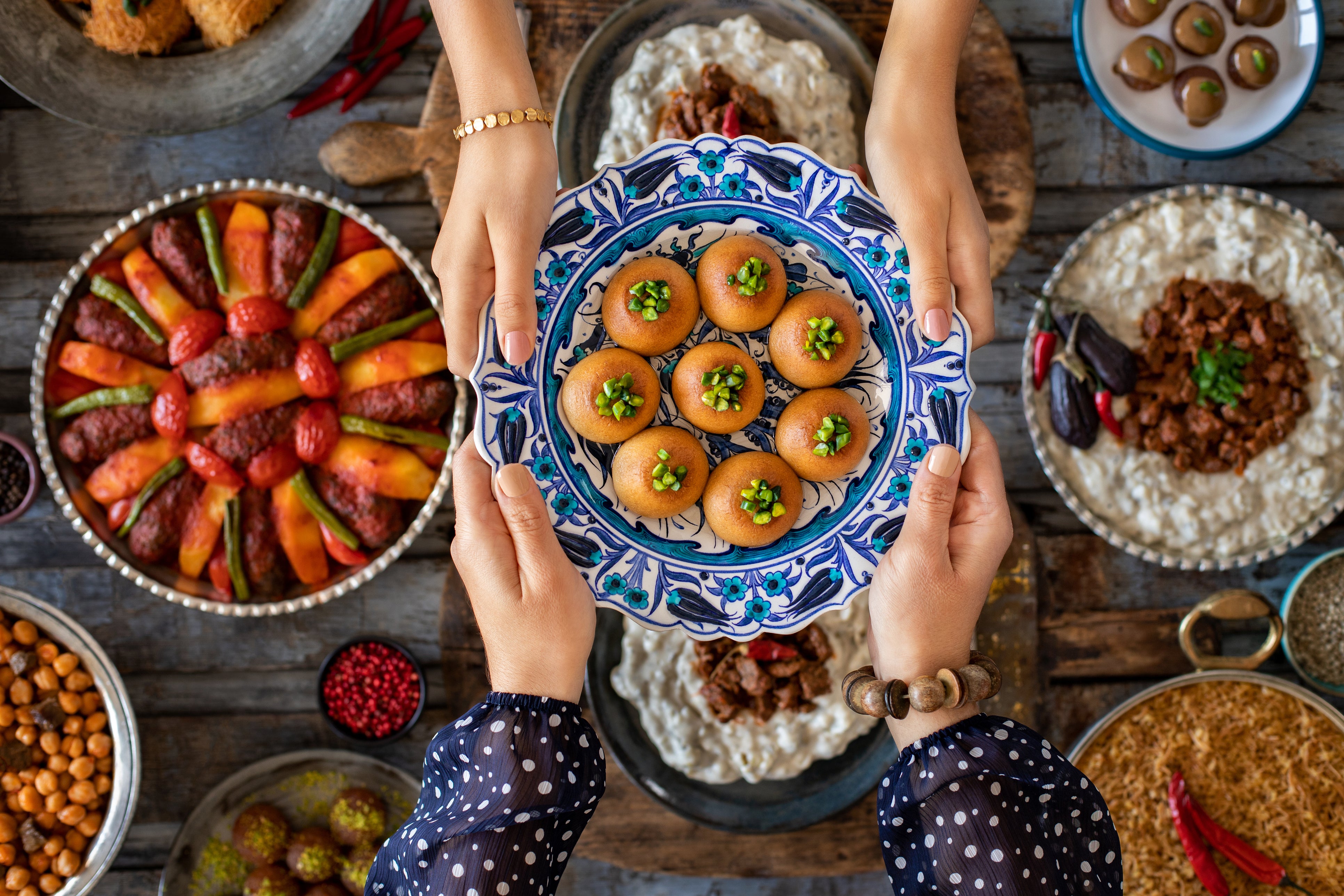Baba Ganoush

Baba Ganoush is a traditional Middle Eastern dish that is popular all over the world. This eggplant-based dip is known for its rich, smoky flavor and creamy texture. One of the key ingredients in Baba Ganoush is olive oil, which is used both for cooking the eggplant and as a finishing oil to drizzle on top of the dip. In fact, many of the most popular dishes in Middle Eastern cuisine are made with olive oil, and it is a staple ingredient in many households and restaurants.
If you're looking for new olive oil recipes to try, Baba Ganoush is a great place to start. This dish is easy to make and can be served as an appetizer, snack, or even as a side dish. And because it uses olive oil for cooking, it is a healthy option that is rich in monounsaturated fats, which have been shown to reduce the risk of heart disease.
Ingredients:
- 2 medium eggplants
- 3 tablespoons of tahini
- 1/4 cup of freshly squeezed lemon juice
- 2 garlic cloves
- Salt
- Ground cumin
- Smoked paprika
- Fresh parsley
- Palestinian extra virgin olive oil
What can you use it for:
Baba Ganoush can be used as a dip or spread. It goes perfectly with pita bread, crackers, or raw veggies. You can also try these four dishes:
- As a sandwich spread in place of mayo
- As a topping for a salad to add some extra flavor
- As a side dish to accompany meat or fish
- As a base for a pizza with some added vegetables
Instructions:
- Preheat the oven to 400°F (200°C).
- Cut the eggplants in half lengthwise and score them with a knife.
- Drizzle Palestinian olive oil over the eggplant halves and season them with salt.
- Place the eggplants on a baking sheet cut-side down, and roast them for about 30 minutes, or until they're soft and tender.
- Once they're roasted, let them cool down for a few minutes, then scoop out the flesh and transfer it to a colander to remove any excess water.
- Add the eggplant flesh to a bowl along with the tahini, freshly squeezed lemon juice, minced garlic, salt, ground cumin, smoked paprika, and fresh parsley.
- Mix all the ingredients together using a fork until the dip reaches the desired consistency.
- Taste the dip and adjust the seasoning if needed.
- Garnish with some fresh parsley and a drizzle of Palestinian olive oil before serving.
Nutrition Ingredients:
Baba Ganoush is a healthy snack that can also be used as a substitute for mayonnaise or other high-fat spreads. Here's a breakdown of the nutrition information for this recipe:
- Calories: 104
- Fat: 8g
- Carbohydrates: 9g
- Fiber: 4g
- Protein: 2g
We hope you enjoy making this delicious Baba Ganoush recipe! Don't forget to use Palestinian olive oil to enhance the flavor even further. Share your pictures and tag us on Instagram @olive.odyssey. Let us know in the comments how this recipe turned out for you.





Leave a comment